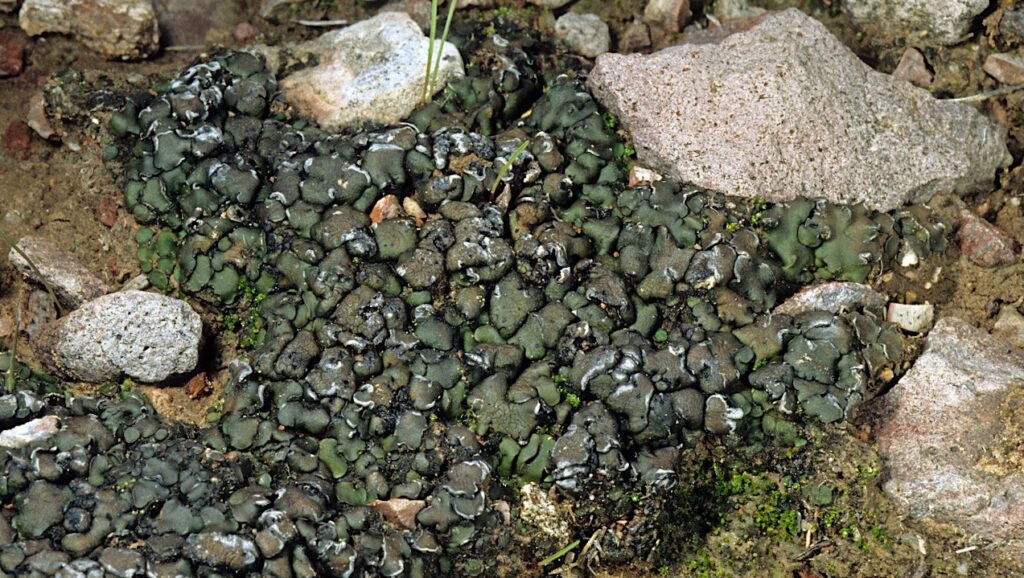An Empirical Infrared Transit Spectrum Of Earth: Opacity Windows And Biosignatures

The Atmospheric Chemistry Experiment’s Fourier Transform Spectrometer on the SCISAT satellite has been measuring infrared transmission spectra of Earth during Solar occultations since 2004.
We use these data to build an infrared transit spectrum of Earth. Regions of low atmospheric opacity, known as windows, are of particular interest, as they permit observations of the planet’s lower atmosphere. Even in the absence of clouds or refraction, imperfect transmittance leads to a minimum effective thickness of hmin≈4 km in the 10–12μm opacity window at a spectral resolution of R=103. Nonetheless, at R=105, the maximum transmittance at the surface is around 70%.
In principle, one can probe the troposphere of an Earth-like planet via high-dispersion transit spectroscopy in the mid-infrared; in practice aerosols and/or refraction likely make this impossible. We simulate the transit spectrum of an Earth-like planet in the TRAPPIST-1 system.
We find that a long-term near-infrared campaign with JWST could readily detect CO2 and H2O, establishing the presence of an atmosphere. A mid-IR campaign or longer NIR campaign would be more challenging, but in principle could detect the biosignatures O3 and CH4.
Evelyn J. R. Macdonald, Nicolas B. Cowan
(Submitted on 28 Aug 2019)
Comments: 9 pages, 7 figures
Subjects: Earth and Planetary Astrophysics (astro-ph.EP)
Journal reference: Monthly Notices of the Royal Astronomical Society 489 (2019) 196-204
DOI: 10.1093/mnras/stz2047
Cite as: arXiv:1908.10873 [astro-ph.EP] (or arXiv:1908.10873v1 [astro-ph.EP] for this version)
Submission history
From: Evelyn Macdonald
[v1] Wed, 28 Aug 2019 18:00:05 UTC (2,748 KB)
https://arxiv.org/abs/1908.10873
Astrobiology








